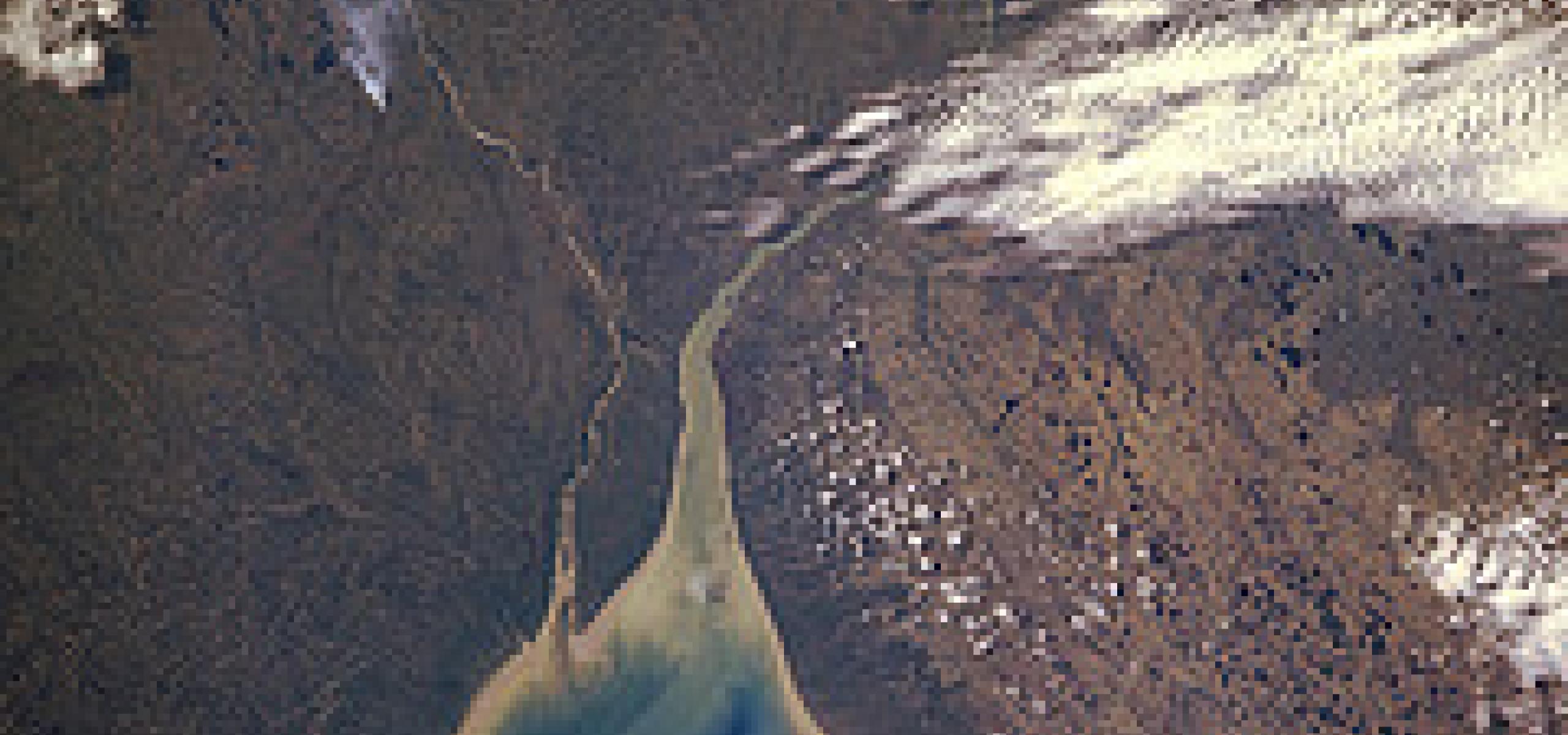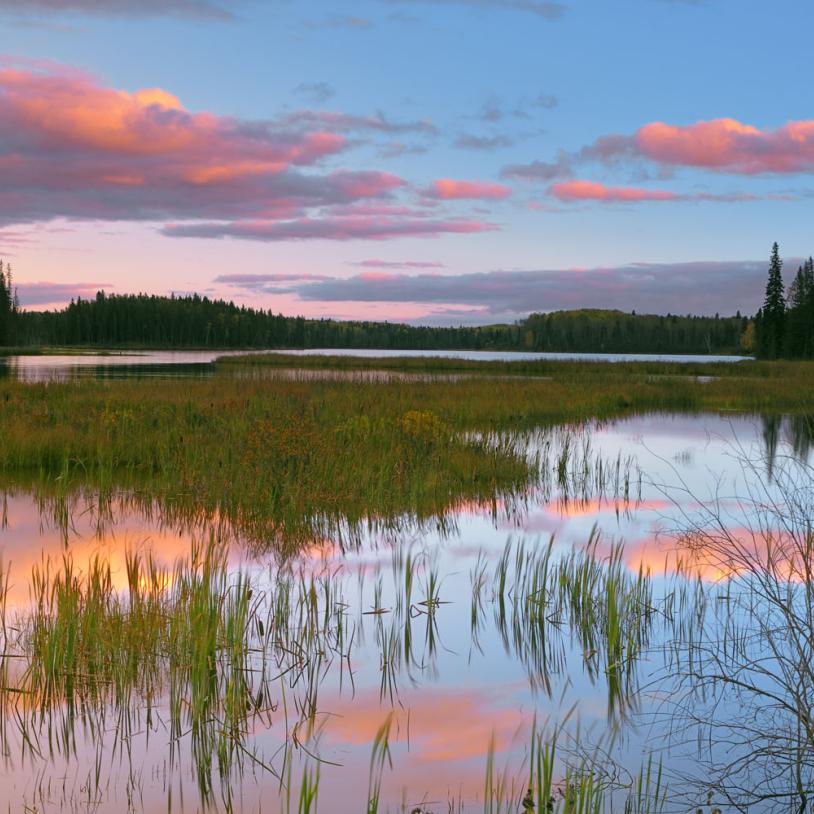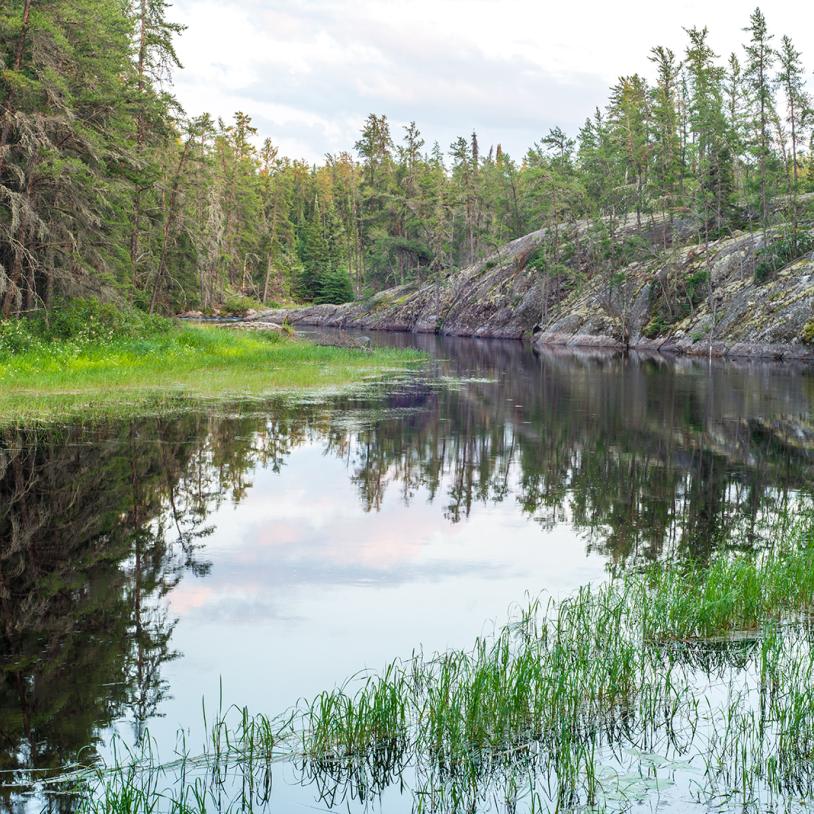Environmental groups say Manitobans deserve more information on Energy East pipeline
Wednesday, May 13, 2015
Environmental groups sounded an alarm today on the Manitoba government and Manitoba Hydro's involvement in the proposed TransCanada Energy East pipeline.
During a press conference, they said the national pipeline, to deliver crude bitumen oil from Alberta to Eastern Canada, will need eight pumping stations in Manitoba to be powered by Hydro, and will become Hydro's biggest customer.
Eric Reder, campaign director of the Wilderness Committee, said little information has been released by Hydro and the Selinger government on their role in the project.
Reder said the power demand by the pumping stations could require a new dam, such as the Conawapa.
"Do Manitobans want that?" Reder said, adding the pumping stations could consume 176 megawatts annually. That’s almost equal to the output of the Wuskwatim generating station near Thompson.
Reder said the eight proposed pumping stations will also have to be fed by new transmission lines, including one to be located in the Whiteshell near Falcon Lake.
"So what we have is a huge network of transmission lines being run across the province, very large, and those are explicitly to power Energy East," Reder said. "Manitoba Hydro has to own these transmission lines. Of course, Manitobans own Manitoba Hydro. So that by extension means Manitobans have to own Energy East, or a portion of Energy East. That means Manitobans have to make a decision to invest in this fossil fuel infrastructure.
The groups also said what information they have got is from an analysis of the 30,000-page project application filed by TransCanada with the National Energy Board.
The groups called on the Selinger government to order the province's Clean Environment Commission to hold public hearings on the Energy East project.
Energy East and other pipelines were discussed at last year’s mega-hearing into Manitoba Hydro’s plan to build the Keeyask generating station and a new transmission line to the Minnesota.
Hydro has said the hydro power needed by the pipelines themselves would require just under 2,000 gigawatt-hours of energy, which is roughly half the dependable energy of the 695-megawatt Keeyask station on the Nelson River.
Conservation and Water Stewardship Minister Tom Nevakshonoff said the province has applied for intervener status at the upcoming hearing on Energy east before the National Energy Board. Hearings could begin next year.
"We’re compiling a comprehensive list of concerns which we will take forward to them," Nevakshonoff said. "We will do our utmost to focus on public safety and environmental integrity."
TransCanada spokesman Tim Duboyce said the company has made thousands of pages of information publically available for the proposed pipeline.
"We’ve been anything but under a cone of silence since we started promoting this project more than two years ago," he said. That includes public meetings, meeting with landowners, government officials and First Nations and Metis leaders.
Duboyce also said the electricity demand for the proposed pumping stations will be small compared to what Manitoba Hydro produces and exports.
He said the pipeline’s peak requirement would be about 150 MW, about three per cent of the total capacity of Manitoba Hydro.
Gaile Whelan-Enns of the Manitoba Wildlands said the information about what exactly is planned for Energy East has been scant.
"We’re really overdue to know exactly what’s going on this one," she said.
Alex Paterson of the Manitoba Energy Justice Coalition said what’s missing in the debate over Energy East is how Manitoba Hydro fits into the building of a national oil pipeline.
"We have a right to clear and informed information about the implications of our energy decisions in the province," Paterson said. "It also means that Manitobans of any stripe collectively deserve a right to say ‘no’ to any energy project."
Today’s news conference comes a day after a BNSF train carrying crude oil derailed in North Dakota. About 40 residents from the town of Heimdal were evacuated after 10 tank cars left the rails. There were no injuries.
Photo Credit: NASA via Flickr


